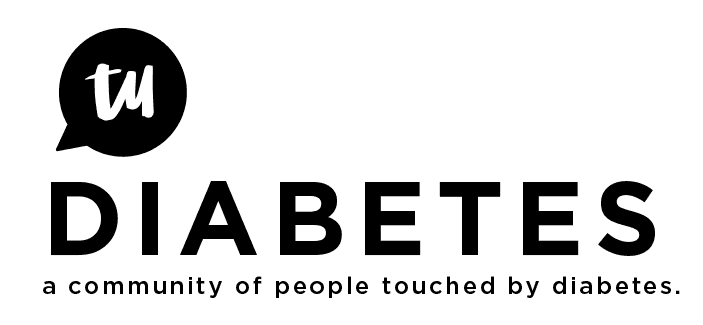Theresa May became Prime Minister of the United Kingdom in July 2016; she is the first major world leader to have Type 1 diabetes. Ms. May was 56 years old in November 2012 when she was first diagnosed as having diabetes, but, as so many of us with adult-onset Type 1 diabetes have experienced, she was initially misdiagnosed as having Type 2 diabetes. I have hope that Ms. May’s initial misdiagnosis, and her age at diagnosis, will help to dispel myths about Type 1 diabetes and perhaps lead to more people with adult-onset Type 1 diabetes receiving the correct diagnosis and treatment. I wrote a blog about Prime Minister May’s misdiagnosis, with some nuggets from a Medscape article about her misdiagnosis: here is a link to my blog.
It appears that clinicians are falsely confident of an almost reflexive T2D diagnosis based on age. What stops them from the due diligence of ordering the autoimmune antibody tests when there are hints that T2D might not be correct? Hints such as a normal or low BMI (I know this is not definitive.) or other autoimmune diseases. Is it the cost of the autoimmune tests? Living with the wrong diagnosis turns out to be a costly mistake that the patient must live with in terms of cumulative hyperglycemia damage and the hastening of secondary complications.
I think it’s the cost and time involved. Results on those antibody tests can take 2 or more weeks to come back, I think doctors have a bias to coming up with a simple diagnosis and initiating treatment sooner rather than later.
I don’t agree that it is time involved to perform autoantibody tests, but I do think that cost is a factor. Which is ridiculous, because a few dollars “saved” by not performing autoantibody tests is totally eclipsed by (1) the number of misdiagnosed who then go into DKA, which is very costly to treat, and (2) rapid onset of complications, which is also very costly to treat. I do think that doctors who misdiagnose are lazy and just assume that any adult who presents with diabetes has Type 2 diabetes–if the doctor took just a few minutes to look at the clues (lower BMI, other autoimmune diseases, family history of autoimmune diseases, for example), instead of making an assumption based on age, there would be fewer misdiagnoses. It is not a “simple” diagnosis it is a wrong diagnosis, and initiating a treatment sooner doesn’t help if it is the wrong treatment. IMO a huge problem is the lack of guidelines. In the United States, a medical doctor faces no repercussions if he/she misdiagnosis a person as having Type 2 diabetes when in reality the person has adult-onset Type 1 diabetes. The governing bodies (the Expert Committee on the Diagnosis and Classification of Diabetes Mellitus; the American Association of Clinical Endocrinologists) describe the different diseases that fall under the umbrella term “diabetes,” but they do not identify any protocols for differentiating amongst the different diseases. So there is no requirement to diagnose, classify, and appropriately treat the different diseases that fall under the term “diabetes.” If there were a standard or guideline, doctors would be held accountable to the minimum standard of care: anything less would be malpractice. From my perspective, the lack of guidelines appears to be about limiting medical liability, not about enhancing patient care and saving lives.
